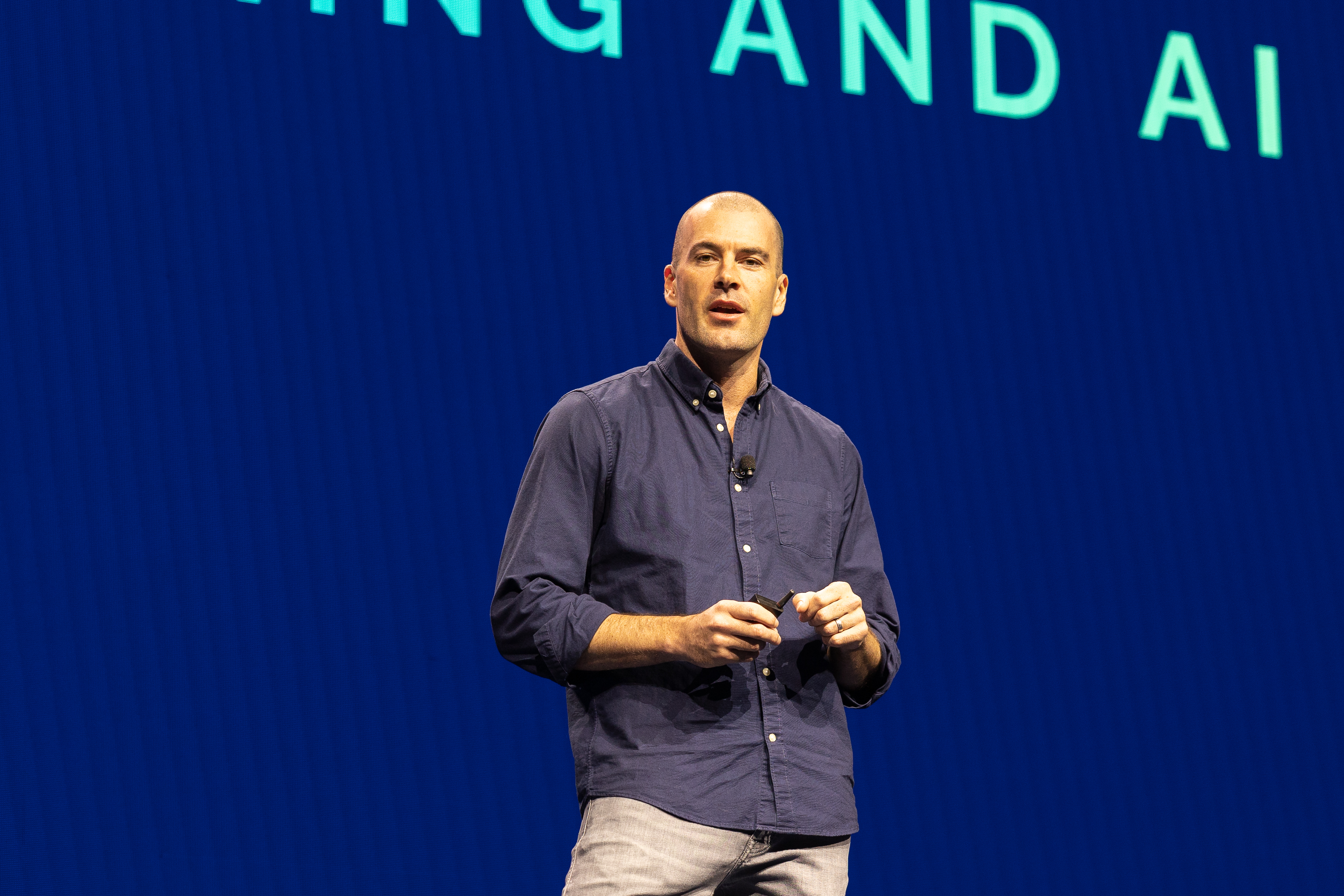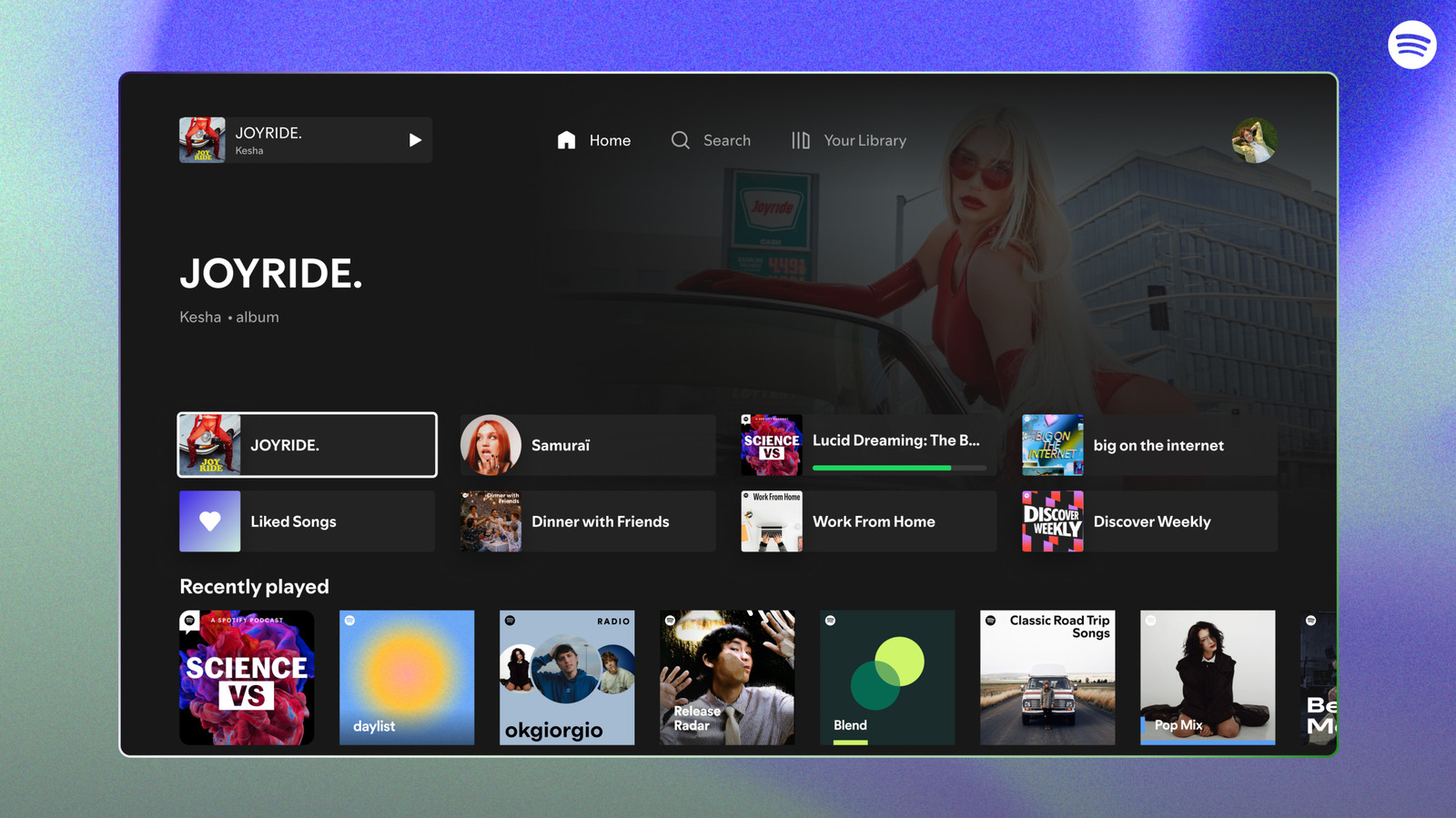Key Takeaways
- Why regular upgrade/migrations are very important in large scale systems, what some of the challenges that engineers face during upgrades are
- Every migration or upgrade should be treated with full respect regardless of its size. A thorough test and rollout plan should be developed to show project status and progress to engineering teams and leadership
- Some upgrades and migrations lack the ability to be fully reversed. The identification of irreversible changes at the beginning stage remains essential for accurate risk evaluation and strategic planning
- The desire to merge improvements with upgrades or migrations should be avoided at all times. The separation of these concerns decreases system complexity and enables simpler troubleshooting during problem occurrences
- Large-scale upgrades require significant investment in automated testing frameworks especially when the migration pattern repeats. The initial commitment leads to lower project risks and shorter execution times
Engineers can prevent common mistakes and reduce unexpected complications by studying the experiences of others who perform infrastructure upgrades and migrations. Infrastructure upgrades and migrations encompass database version updates, platform modernizations, SDK upgrades, data center relocations, and component replacements. All are critical for maintaining security, performance, and compliance in evolving technology landscapes.
Introduction
It’s no longer the case that only dedicated database administrators or release engineers can make modifications to the infrastructure. Every engineer has to deal with updates and migrations at some point in their career. I have personally been a part of countless upgrades at these firms, from SDK updates and Kafka version bumps to huge data center migrations and changes from monoliths to microservices. Each migration showed me that most upgrades go well, but the ones that don’t cause mayhem across the whole firm.
It gets harder when you are updating code that hasn’t been changed in years and the original engineers have moved on. These old systems become scary unknowns. Without the right testing frameworks, the risk goes up exponentially. If things go wrong, what seems like a simple renovation turns into a nightmare that lasts for several quarters.
Modern distributed systems work on a scale that has never been seen before, processing billions of tasks every day on infrastructure that never sleeps. At eBay, where I helped manage the platform that served ninety percent of the site’s photos, or at Snowflake, where our team prepares over hundreds of thousands of VMs daily across more than fifty regions, the reality is clear: These systems need to change all the time to stay safe, fast, and compliant. The stakes couldn’t be higher: downtime costs millions of dollars and hurts user trust.
People always underestimate how hard it is to upgrade and migrate. People say, “It’s just an upgrade”, when everything works. But when errors spread through linked systems, they turn into disasters that shape careers and quarterly outcomes.
This post takes lessons learned the hard way from big firms like eBay and Snowflake and makes them simple. Instead of theoretical frameworks, this article provides you real-life examples, practical dos and don’ts, and tried-and-true methods that will help you feel sure about your next infrastructure project. It’s not a question of if you will need a major upgrade in today’s engineering world, it’s a question of when.
Common Challenges and Proven Solutions in Large-Scale Upgrades
Challenge 1: Legacy Systems with Unknown Dependencies
Engineers identify code upgrades for systems that have been neglected for years as their most challenging task. The original developers have moved on, documentation is sparse or outdated, and the system has become a black box that “just works” until you need to change it. Engineering teams delay these upgrades because, while the tasks appear extremely complicated, the actual situation becomes worse with every passing day. The longer you delay the upgrade process, the greater your distance from modern standards will be while the upgrade becomes riskier.
The solution to legacy system upgrades demands step-by-step planning instead of impulsive action. Any “quick SDK bump” can trigger the discovery of multiple years’ worth of technical debt along with hidden dependencies.
The Solution: Systematic Discovery and Preparation
The first step before coding should be to gain full understanding of your system components. The project requires essential groundwork because it serves as fundamental risk prevention.
Start by asking four essential questions:
Do we have sufficient test coverage?
Legacy systems often have minimal or no automated tests. Your system needs testing capabilities before you begin the upgrade process because it must alert you to system breakdowns. The initial work should focus on creating testing infrastructure that covers current functionality before you begin the upgrade process.
Are monitoring and alerting systems in place?
System health monitoring should operate continuously during and after the upgrade process.
Can you detect performance degradation, error rate spikes, or functional failures?
You must create baseline metrics before beginning the process when monitoring systems are absent.
Does the team have debugging expertise?
Engineers need to have sufficient system knowledge in order to perform diagnostic investigations. Before beginning the project, you should either transfer knowledge to team members or create documentation, because domain expertise has disappeared with the loss of previous team members.
The preparation phase seems to delay the upgrade process, but it actually speeds up the project by avoiding the extended firefighting period that results from unprepared legacy system modifications.
Challenge 2: Maintaining Performance During High-Volume System Upgrades
Performance holds absolute importance in large distributed systems because small performance degradations create a major impact on users and losses in revenue. Upgrades to systems that handle millions of operations per second or serve billions of daily requests need to enhance performance rather than cause degradation. Performance regressions represent among the most dangerous and common negative effects which result from infrastructure changes.
Development testing succeeds in laboratory conditions but fails when facing real-world traffic patterns and user concurrency and distributed system timing dependencies.
The Solution: Comprehensive Performance Validation
Implement rigorous performance and stress testing. The requirement for performance testing is mandatory when your system handles critical traffic flow. The first step of every upgrade requires you to collect baseline performance data while performing detailed stress tests that replicate actual workload scenarios. The testing process should include both typical happy path executions and edge cases along with peak traffic conditions and failure scenarios to detect performance bottlenecks.
You should establish a strong performance testing framework at this moment because your team lacks one. The investment made during this time will deliver benefits throughout all upcoming system upgrade processes. Your safety net will be a solid performance testing suite that lets you feel confident to move forward while providing objective validation of success.
The system needs to go through progressive deployment stages. No matter how small an upgrade seems it must be implemented in stages rather than being deployed to one hundred percent of the system at once.
Common progressive deployment approaches include canary deployments (routing a small percentage of traffic to the new version), blue-green deployments (maintaining parallel environments for instant switching), and rolling updates (gradually replacing instances).
The progressive deployment sequence begins with QA environments followed by pre-production then restricted production testing before reaching full deployment. Each environment teaches you something new about how the upgrade behaves under different conditions. This process includes built-in checkpoints which allow you to pause the deployment if any problems occur. Following a deployment process that starts at one percent then moves to ten percent and continues to fifty percent before reaching one hundred percent. provides several opportunities to detect issues before they reach your entire user population.
The system requires constant performance monitoring throughout the transition period. The entire upgrade process needs complete monitoring systems which track essential charts and graphs and dashboard data. Team members need to watch essential metrics in real-time during vital phases rather than setting alerts and then leaving. Automated alerts may not detect initial performance degradations which human observers identify through subtle trends before them.
Challenge 3: Rollback Strategy – Knowing Your Exit Options Before You Enter
Teams use rollback strategies as a protective mechanism to return to a documented safe version of their system during deployment failures. The majority of organizations together with their teams maintain some form of version recovery mechanism that involves button clicks for automatic system restoration or requires coordinated steps across multiple components. The fundamental realization discovered by many teams through painful experience is that not every modification is reversible.
A mistaken belief that rollbacks are always available produces dangerous illusions about system safety. The rollback process proves effective for stateless application deployments and configuration changes, but becomes complex or impossible when upgrades include data transformations or security changes or persistent state modifications.
The Solution: Understand Your Rollback Reality
Every organization should create formal rollback procedures. A defined rollback approach must accompany all migration and upgrade operations regardless of their future utilization plans. Such a system creates a one-way entry system without any exit plan which puts you at risk. The rollback procedures need proper documentation and validation and should sometimes undergo independent testing.
The most advanced engineering organizations I have worked with include rollback testing as an essential part of their upgrade procedures. Testing during this phase shows the actual duration of rollbacks and the specific difficulties that emerge during stressful situations. The value of discovering that your “five-minute rollback” duration has extended to two hours during production incidents is substantial.
The identification of permanent modifications should occur during the initial stages. Certain upgrades present an absolute barrier to reversal. The process of upgrading from unencrypted to encrypted data encryption becomes problematic because reversing to unencrypted data poses security risks. Database schema changes, volume encryption, security policy updates, and data format transformations fall into this permanent modifications category.
The upgrade plan should include all rollback limitations and constraints that are documented as risks when rollback possibilities are restricted. All changes with rollback limitations need additional precautions together with small first deployments. The validation process requires extensive examination of minimal traffic deployment or small deployment areas followed by controlled scope expansion. The unalterable nature of the change requires perfect execution during the initial deployment because rollback is not possible.
With this method, you can transform potential disasters into manageable risks by making you address rollback limitations before they turn into critical problems. Even for irreversible changes, having at your disposal contingency plans such as data recovery strategies, parallel system maintenance, or phased migration approaches can mitigate failures. While these aren’t true rollbacks, they do provide alternative paths when problems arise.
Challenge 4: Scope Creep – When “Improvements” Derail Upgrades
One of the most common pitfalls engineers make – and this applies to both junior and senior engineers – is the temptation to improve things while performing migrations and upgrades. This seems logical on the surface: “Since we’re already touching this code, why not fix that performance issue too?” or “While we’re migrating this system, let’s also modernize the API”. The reasoning feels sound, but it’s a trap that can turn straightforward upgrades into debugging nightmares.
The problem becomes apparent when things don’t go as planned. If your upgrade encounters issues, it becomes extremely difficult to segregate improvement-related problems from migration-related problems. What should be a clear rollback decision becomes a complex forensic investigation: Is the performance degradation caused by the migration itself, or by the “improvement” we added? Are the errors coming from the system upgrade, or from the new feature we slipped in?
Real-World Consequences
I was once involved in a system migration that included memory-related changes. During the same migration window, the team decided to implement some performance optimizations. It seemed efficient to tackle both simultaneously. When issues arose post-migration, we faced an incredibly difficult debugging challenge. The system was behaving unexpectedly, but we couldn’t determine whether the problems stemmed from the migration process or from our intended performance improvements.
This ambiguity paralyzed decision-making. Should we rollback the entire change, potentially losing the performance gains? Should we try to isolate and revert just the improvements? The complexity multiplied exponentially because we had introduced multiple variables simultaneously.
The Solution: Migrate As-Is, Then Improve
Never add any additional improvements during upgrades or migrations – not even a single log line. This discipline might seem excessive, but it’s crucial for maintaining clarity during troubleshooting. Migrate the system exactly as it is, then tackle improvements in a separate, subsequent deployment.
This approach provides a clear separation of concerns. If issues arise during migration, you know they’re migration-related. If problems emerge during the improvement phase, you know they’re improvement-related. This clarity accelerates debugging and makes rollback decisions straightforward.
The improvements will still happen, but with proper isolation and testability. Your future self will thank you when you’re not trying to untangle multiple changes during a production incident.
Strategic Framework for Successful Upgrades
Successful large-scale changes don’t just happen; they’re planned out and carried out in a disciplined way. The following framework is based on many years of experience working on infrastructure projects and offers a structured way to plan and carry out upgrades that reduce risk and boost trust. You can use these tips whether you’re updating a database, moving services, or making platforms more modern. These steps are the basis of a successful upgrade strategy.
Layout comprehensive test/rollout plan to identify all gaps and cover all testing types (stress testing, proxy testing, regression testing, integration testing, etc.)
- Invest in test framework foundation. Based on risk and frequency of upgrades, ensure robust testing framework gives you confidence
- Start stakeholder alignment early by involving observability teams, managers, PMs, and leadership at multiple levels and keep them informed throughout the project
- Clearly document risks and plans, listing all risks and creating a detailed testing plan, rollout plan, and rollback testing strategy
- Define slow rollout strategy with a phased deployment plan with clear dates and team alignment on a timeline
- Prepare and test rollback plan, conducting rollback testing before production rollout to build confidence in your exit strategy
- Establish clear success/failure criteria with measurable metrics that determine when to proceed vs. when to rollback
- Schedule adequate buffer time, always adding twenty to thirty percent (depending on the risks) more time than initial estimates for unexpected issues
- Define post-upgrade monitoring period, establishing how long you’ll monitor before declaring success
Conclusion
The successful implementation of zero-downtime upgrades at scale needs more than technical skills because it requires systematic preparation and clear communication together with experience-based understanding of potential issues.
In this article, we learned about the following upgrade-related takeaways:
- Invest time in advance to discover unknown dependencies of legacy systems because you need to understand test coverage and monitoring and debugging capabilities before modifying code that has not been updated in years.
- Performance validation stands as an absolute requirement because organizations need to implement thorough testing frameworks and progressive rollouts to ensure system upgrades improve performance instead of causing degradation.
- A rollback strategy requires planning because you must know your exit options in advance and understand which changes become irreversible so you can develop proper plans.
- The fight against scope creep must be absolute because merging improvements with upgrades creates an exponentially harder environment for troubleshooting when problems occur.
Strategic preparation stands above quick execution because it includes comprehensive planning and stakeholder alignment and testing frameworks that stop the weeks of firefighting which occur during unprepared upgrades.
The various upgrade and migration strategies exist independently because no single method works for every situation. The strategies I have described were derived from my decade-long experience at large-scale companies that operate systems handling billions of operations each day.
The essential lesson from every upgrade and migration project is that you will acquire new knowledge. Accept the learning process because the knowledge you acquire from each project will serve as essential preparation for upcoming challenges.
The article delivers functional advice together with specific guidelines to support smooth upgrade procedures. The battle-tested approaches outlined in this article will assist you in handling unexpected situations while maintaining system and user stability.








